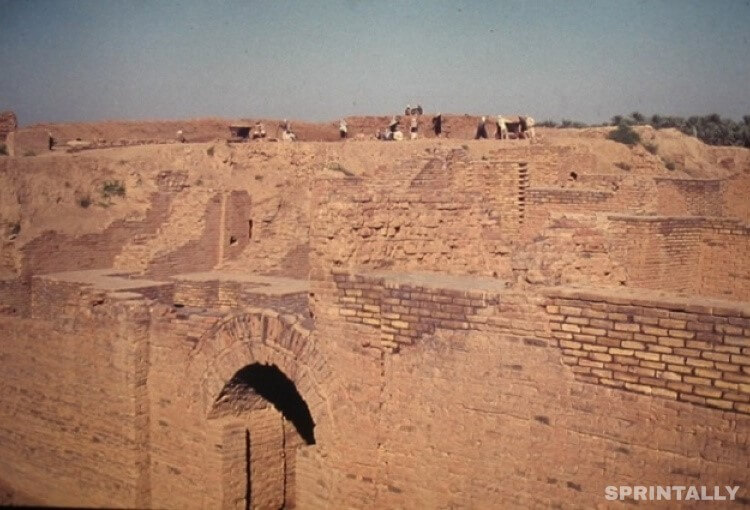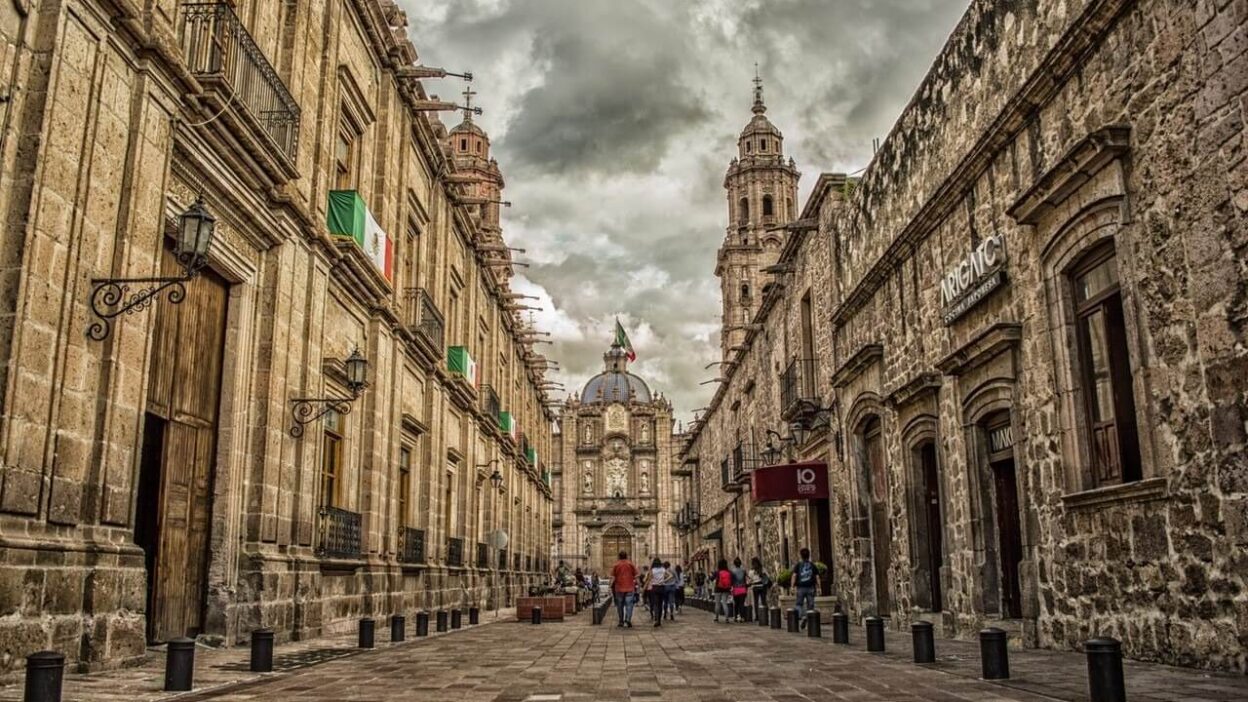11. Alexandria
Alexandria, 300 BC. e., 150 thousand inhabitants. One of the largest cities in Egypt, existing in the modern world. The city was founded in 332 BC. e. Alexander the Great, and 30 years later, by 300 BC. e., Its population has increased to 150 thousand people. Since its foundation, for a thousand years, this city was the capital of Egypt but began to decline during the reign of the Romans and the Arabization of the country.

12. Nineveh
Nineveh, 700 BC. e., 100 thousand inhabitants. The ancient capital of the Assyrian state was located on the territory of modern Iraq. The city was founded about 6 thousand years ago. But only from the 3rd millennium BC. e. he gradually began to transform into a temple center. By the year 700 BC. e. The city occupied an area of about 7 square kilometers, had 15 huge gates, 18 canals, and many aqueducts. In 612, as a result of a two-year siege, the city was destroyed by a united army of Babylonians and Medes.
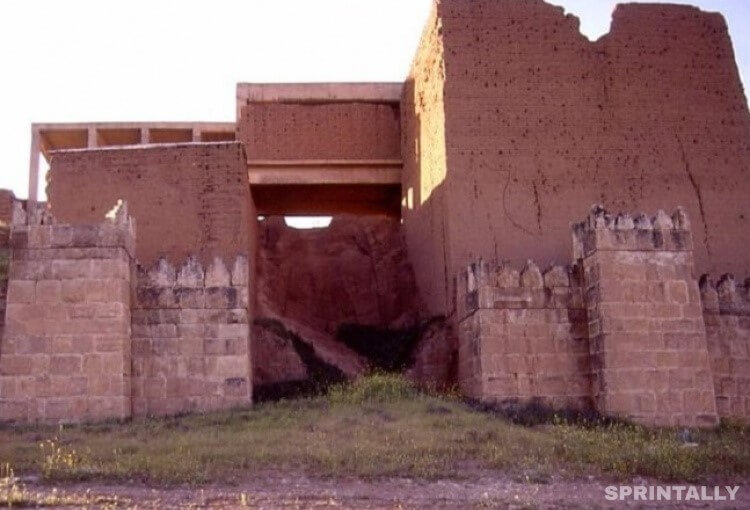
13. Nimrud
Nimrud, 800 BC. e., 75 thousand inhabitants. The ancient city in Mesopotamia, located on the territory of modern Iraq. In the 9th century BC. e. King Ashshurnatsirapal II built here a huge palace-treasure, a number of temples, gardens, and zoos. To our time, unfortunately, from the splendor of the city, there is practically nothing left.
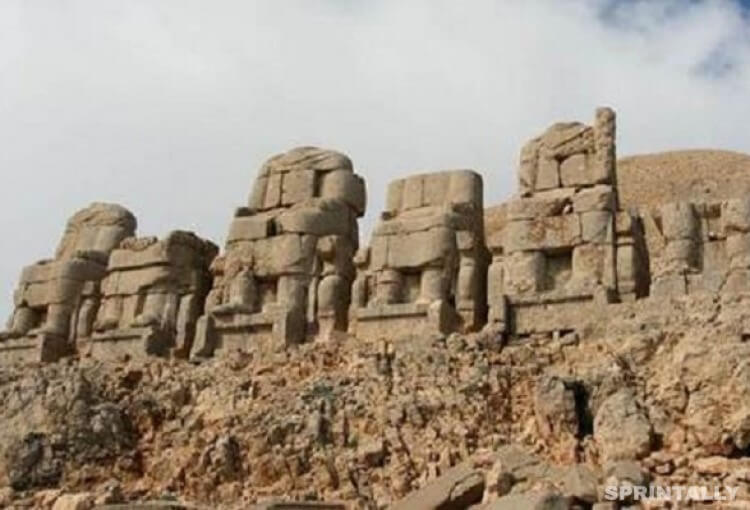
14. Thebes
Thebes, 1500 BC. e., 75 thousand inhabitants. The Egyptian city of Thebes was replaced by Memphis as the capital of the empire. By the 15th century BC. e. in Thebes lived about 75 thousand inhabitants. In the 13th century BC. e. The city lost the status of the capital and in 667 BC. e. it was destroyed by the Assyrians.
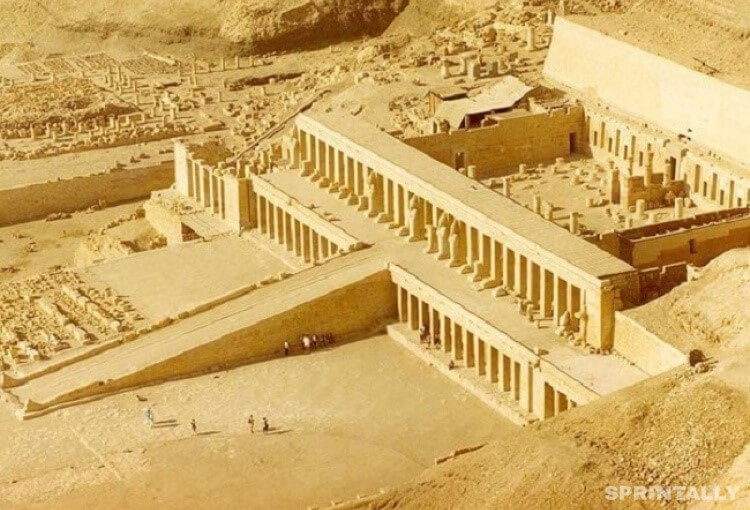
15. Babylon
Babylon, 1770 BC. e., 60 thousand inhabitants. During the reign of King Hammurabi, there was a significant rise in the empire of Babylon. By 1770 BC. e. the population was 60 thousand people. During the reign of Nebuchadnezzar II, this number increased to 150 thousand people.
